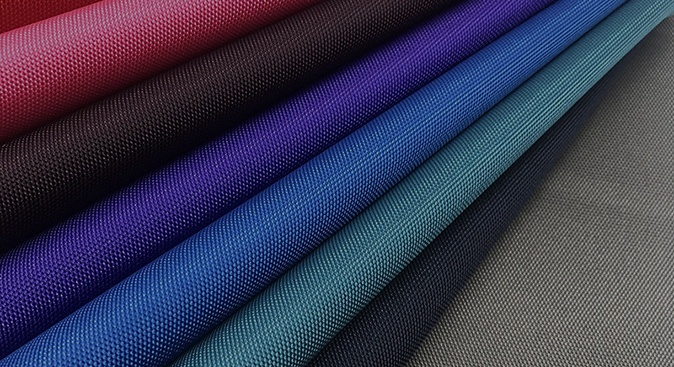Introduction
Briefly introduce Oxford Fabric and its popularity
Oxford fabric is a widely used material known for its durability and versatility. It is characterized by a basket-weave pattern that gives it a distinctive texture. The fabric is made from a combination of cotton and synthetic fibers, resulting in a strong and resilient material. Oxford fabric has gained immense popularity in various industries, including fashion, bags, and upholstery, due to its excellent strength and resistance to wear and tear.
Highlight the Importance of Proper care and Maintenance
While Oxford fabric is known for its durability, proper care and maintenance are essential to ensure its longevity. Regular cleaning helps remove dirt, dust, and stains that can accumulate over time. Additionally, following the care instructions provided on the garment or product’s label is crucial to prevent damage during cleaning. Proper care not only preserves the fabric’s appearance but also maintains its strength and integrity, allowing you to enjoy your Oxford fabric items for years to come.
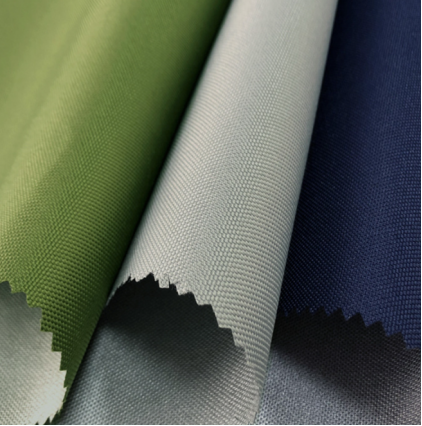
Understanding Oxford Fabric
Definition and Characteristics
Oxford fabric is a type of woven fabric known for its distinctive basket-weave pattern. It is typically made from a combination of cotton and synthetic fibers, such as polyester, resulting in a durable and versatile material. The fabric’s weave structure gives it a textured appearance, with a series of parallel warp threads and weft threads woven together.
One of the key characteristics of Oxford fabric is its strength and resistance to wear and tear. The combination of cotton and synthetic fibers makes it highly durable, allowing it to withstand frequent use and maintain its shape over time. Oxford fabric also has good breathability and moisture-wicking properties, making it comfortable to wear.
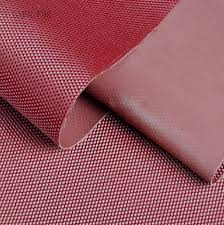
Common Applications
Due to its durability and versatility, Oxford fabric is used in a wide range of applications. It is commonly found in clothing items such as shirts, trousers, and skirts, where its strength and longevity are valued. Additionally, Oxford fabric is popular for bags, backpacks, and luggage, as it can withstand heavy loads and provides excellent durability. It is also used in upholstery, such as furniture and car interiors, where its robust nature ensures longevity in high-traffic areas.
General Care Instructions
Washing Guidelines
- Check the care label for specific instructions and any recommended water temperature.
- Generally, machine washing is suitable for Oxford fabric, but use a gentle cycle to avoid excessive agitation.
- Use a mild detergent that is suitable for the fabric type.
- Separate dark and light-colored items to prevent color bleeding.
- Avoid using bleach or harsh chemicals unless specifically recommended on the care label.
Drying Techniques
- Air drying is typically the best option for Oxford fabric to prevent shrinkage and maintain its shape.
- Hang the fabric item on a clothesline or lay it flat on a clean surface.
- Avoid direct sunlight as it can cause fading or discoloration.
- If using a dryer, choose a low or medium heat setting and remove the item promptly to prevent excessive wrinkling.
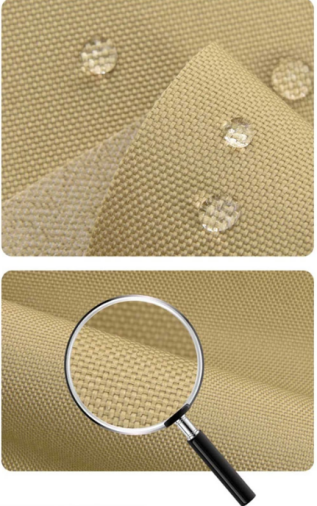
Ironing Tips
- Check the care label for the recommended ironing temperature.
- Set your iron to a low or medium heat setting.
- If needed, use a pressing cloth or place a thin towel between the fabric and the iron to protect it from direct heat.
- Gently press the iron over the fabric in smooth, even strokes.
- Avoid applying too much pressure or leaving the iron in one spot for too long to prevent scorching or melting the fabric.
- Hang or fold the fabric neatly after ironing to maintain its shape and minimize wrinkles.
Stain Removal Techniques
Pre-treatment Steps
- Act quickly to prevent stains from setting into the fabric.
- Gently remove any excess substance from the fabric’s surface using a spoon or a dull knife.
- Avoid rubbing the stain vigorously, as it can push the stain deeper into the fabric fibers.
- Blot the stain with a clean, white cloth or paper towel to absorb as much of the liquid or substance as possible.
- Test any stain removal method on a small, inconspicuous area of the fabric first to ensure it doesn’t cause any damage or discoloration.
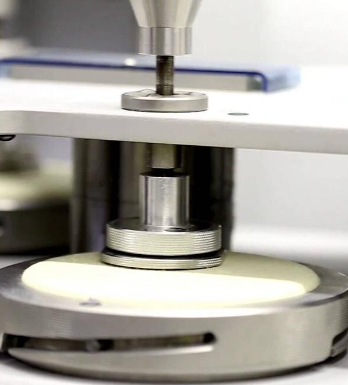
Common stain Types and Removal Methods
- Oil-based Stains (e.g., grease, oil, butter): Cover the stain with an absorbent material, such as baking soda or cornstarch, to draw out the oil. Let it sit for a few minutes, then gently brush off the powder. Wash the fabric as usual.
- Beverage Stains (e.g., coffee, tea, wine): Blot the stain with a clean cloth soaked in a mixture of mild detergent and warm water. Rinse with cool water and launder the fabric according to the care label instructions.
- Ink Stains: Dab the stain with a cloth soaked in isopropyl alcohol or rubbing alcohol. Blot the stain until the ink transfers to the cloth. Rinse with cool water and wash as recommended.
- Food Stains (e.g., sauces, chocolate): Scrape off any excess food gently, then blot the stain with a cloth dipped in a mixture of mild detergent and water. Rinse and launder the fabric as per the care instructions.
- Blood Stains: Rinse the stain immediately with cold water. Apply hydrogen peroxide directly to the stain and let it sit for a few minutes. Blot with a clean cloth and rinse thoroughly. Launder as directed.
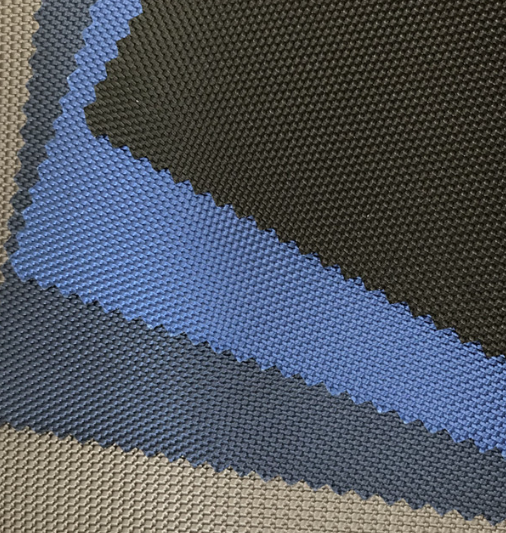
Special Considerations for Oxford Fabric
Waterproofing and Moisture Resistance
- Oxford fabric may have varying degrees of water resistance or can be treated to become waterproof.
- Check the care label or product specifications to determine if the fabric has any water-resistant properties or if it requires additional treatment.
- If the fabric is not inherently waterproof, consider using a waterproofing spray or fabric protectant specifically designed for Oxford fabric.
- Follow the instructions provided with the waterproofing product and apply it evenly to the fabric’s surface.
- Reapply the waterproofing treatment periodically, as recommended by the product manufacturer, to maintain its effectiveness.
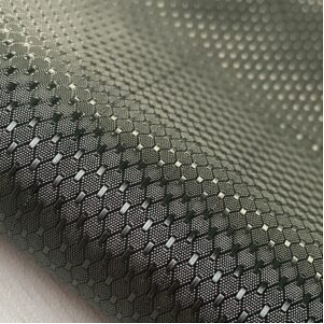
Protection against UV rays and fading
- Oxford fabric may be susceptible to fading or color loss when exposed to prolonged sunlight or UV rays.
- If using Oxford fabric for outdoor applications or garments, consider choosing a fabric that is UV-resistant or has been treated for UV protection.
- When not in use, store Oxford fabric items away from direct sunlight or in a shaded area to minimize exposure.
- If fading does occur, follow the general care instructions to clean the fabric and remove any dirt or debris that could contribute to further discoloration.
- Consider using fabric protectants or sprays with UV-blocking properties to help prolong the fabric’s color vibrancy and reduce the effects of fading.
Storage and Handling Tips
Folding and hanging techniques
- When folding Oxford fabric items for storage, try to fold them along the natural creases or seams to minimize wrinkles.
- Avoid folding the fabric too tightly or creating sharp creases, as this can lead to permanent lines or damage over time.
- For items like clothing, you can also use padded hangers to hang them, which helps maintain their shape and reduces the chances of wrinkles.
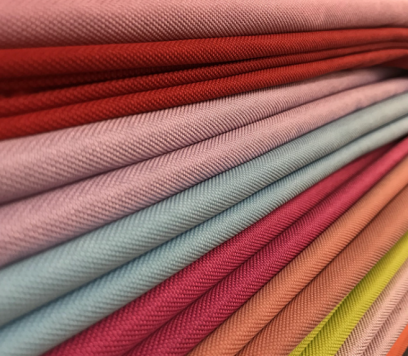
Recommendations for storage conditions
- Store Oxford fabric items in a clean and dry environment to prevent moisture buildup and the growth of mold or mildew.
- Avoid storing the fabric in areas exposed to direct sunlight or extreme temperature fluctuations, as these can cause fading or damage.
- Use breathable storage containers or garment bags made from fabric or natural materials to allow air circulation and prevent excessive moisture retention.
- If storing items for an extended period, consider adding moisture-absorbing packets or sachets to the storage container to help control humidity.
- Keep the fabric away from sharp objects or rough surfaces that can cause snags or tears.
Conclusion
In conclusion, Oxford fabric is a popular and versatile material known for its durability and strength. Proper care and maintenance are essential to ensure the fabric’s longevity and keep it looking its best. By following the recommended care instructions on the garment or product’s care label, you can effectively clean and maintain Oxford fabric items.
It’s important to wash the fabric using a gentle cycle and mild detergent, avoiding harsh chemicals or bleach. Air drying is generally the best option, either by hanging or laying the fabric flat. When ironing, use a low or medium heat setting and protect the fabric with a pressing cloth or thin towel.
Stain removal should be addressed promptly, employing pre-treatment steps such as blotting and avoiding vigorous rubbing. Different stains require specific removal methods, so it’s crucial to identify the stain type and apply the appropriate technique.
Special considerations for Oxford fabric include waterproofing and moisture resistance, as well as protection against UV rays and fading. These can be achieved through proper treatment and storage conditions.
By implementing these care and maintenance practices, you can ensure that your Oxford fabric items remain in excellent condition, extending their lifespan and enabling you to enjoy their durability and aesthetic appeal for a long time.



